伊勢神宮の文化に触れる旅
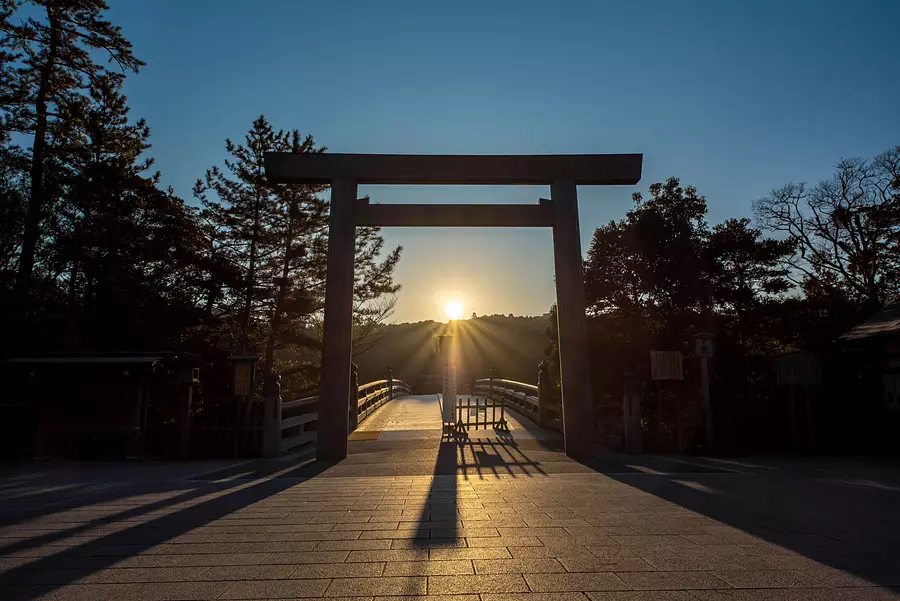
エリア
- 伊勢志摩
シーズン
- オールシーズン
日程
1泊2日
交通手段
車
伊勢の地に鎮座して2000年以上の歴史を誇る、日本人の心のふるさと伊勢神宮。伊勢神宮のある伊勢志摩は、伊勢神宮に参拝する前にに禊(みそぎ)を行っていたとされる夫婦岩がある二見が浦、伊勢神宮に参拝する賓客の休憩・宿泊施設として建てられた賓日館、問屋街として栄えたお伊勢さんの台所・河崎など伊勢神宮にまつわるスポットがたくさんあります。このコースを回れば、伊勢神宮の文化にたっぷり触れることができますよ。
夫婦岩
10:00-10:45
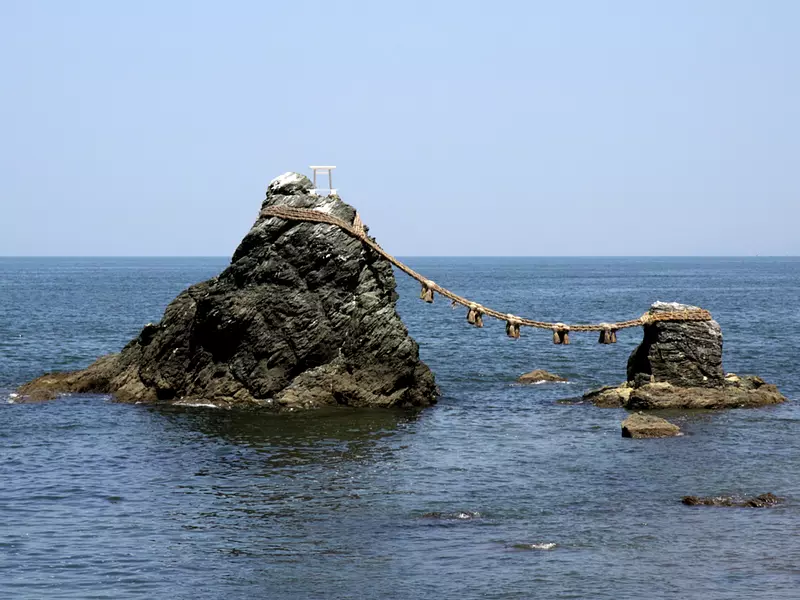
夫婦岩はこの興玉神石と日の出を遙拝する鳥居とみなされています。男岩は高さ9m、女岩は高さ4mで、夫婦岩を結ぶ大注連縄(おおしめなわ)は1本の長さ35mで男岩に16m、女岩に10m張られていて、その間は9mあります。
毎年、5月5日・9月5日・12月中旬土日曜日に大注連縄張神事が行われ多くの人で賑わいます。
・5~7月、夫婦岩の間から日の出を見ることが出来ます。
特に夏至の前後の天気のいい日には遠く富士山の背から差し昇る日の出を見ることができ、多くのカメラマン、参拝者で賑わいます。
・秋~冬には夫婦岩の間から満月を見ることが出来ます。
賓日館
11:00-11:45
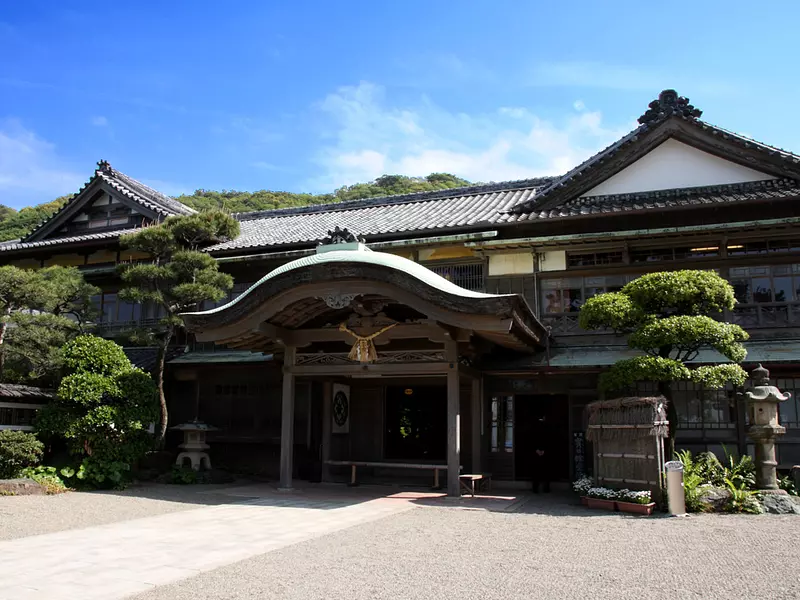
河崎のまちなみ
12:00-13:00
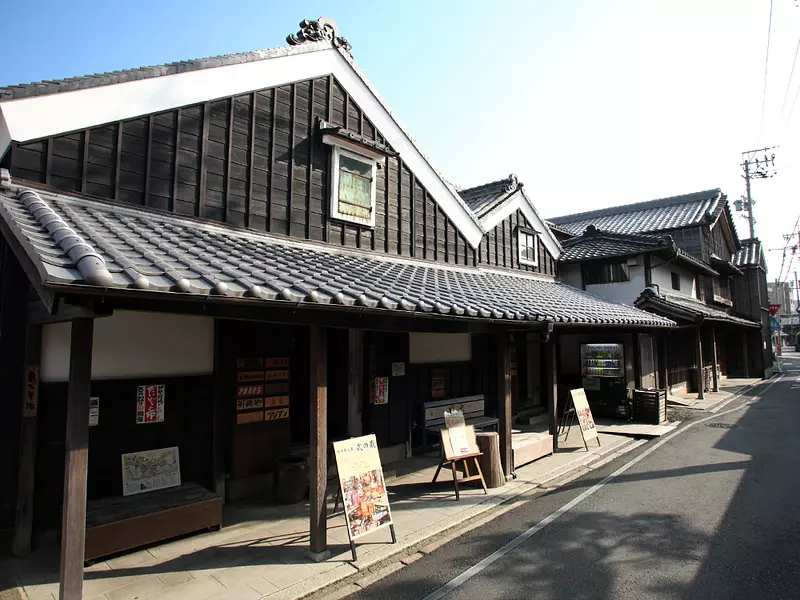
伊勢神宮 外宮(豊受大神宮)
13:15-14:15
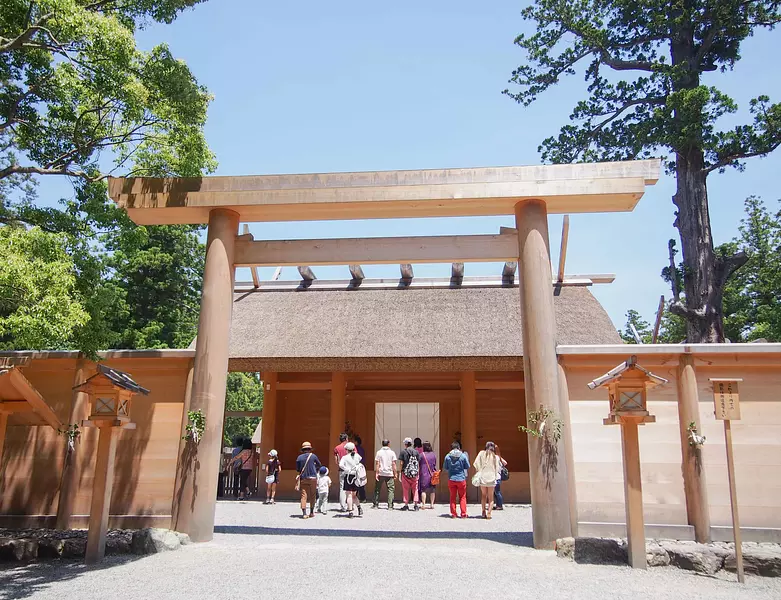
鳥居をくぐり、玉砂利を踏みしめてやさしい木漏れ日のさす参道を歩くと清々しい気持ちに満ちあふれます。
せんぐう館 【伊勢神宮の博物館】
14:20-16:00
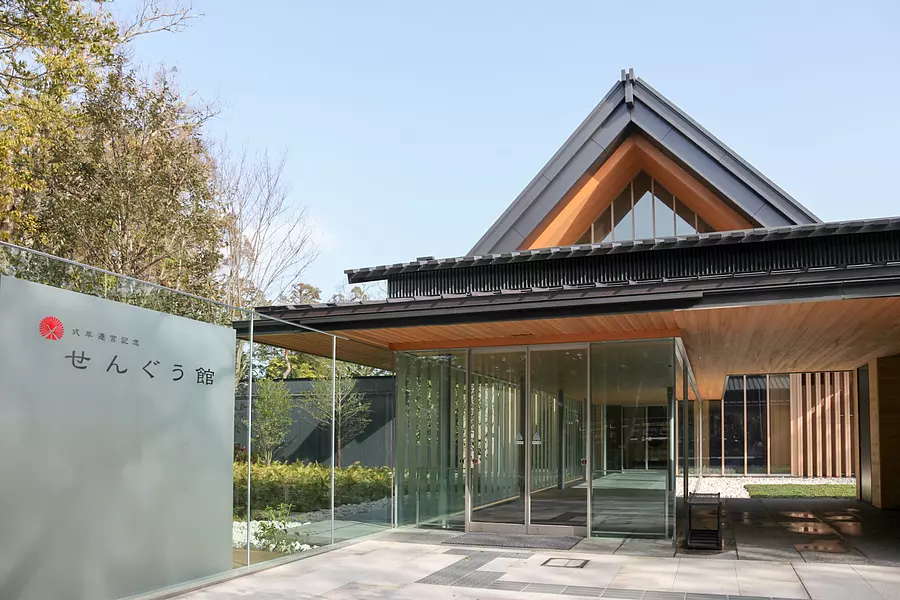
「神宮式年遷宮を伝える」ことを基本理念としており、20年に一度繰り返してきた式年遷宮の工事に使われた道具、神事や装束、神宝などの一部を展示する施設です。
いにしえの宿 伊久
16:20
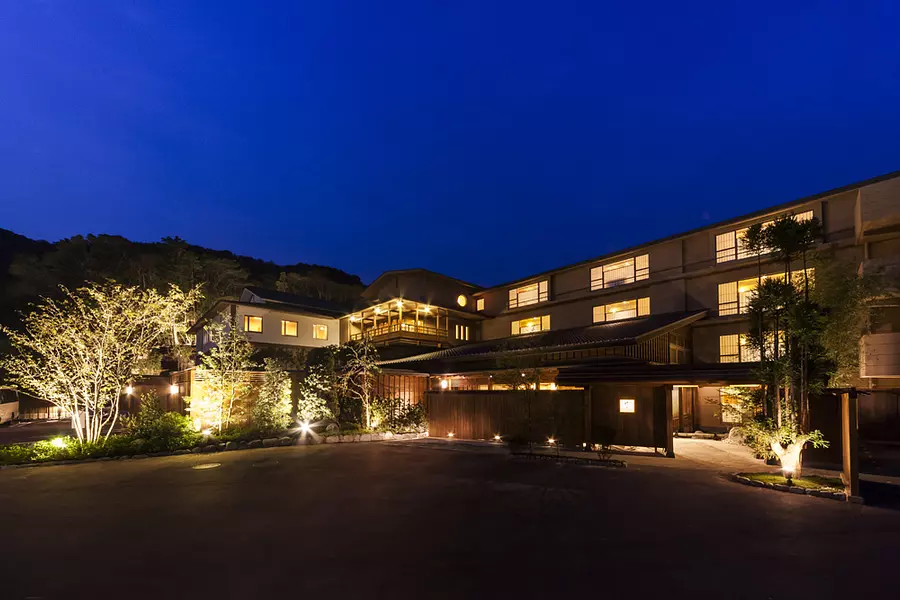
部屋、風呂の前に広がる豊かな森は、そのまま内宮の森へと連なっています。
お伊勢さんとつながっている・・そんな気持ちになる宿です。
館内には2つの大浴場と趣の異なる4つの貸切露天風呂を楽しめます。
いにしえの宿 伊久
10:00
伊勢神宮 内宮(皇大神宮)
10:10-11:40
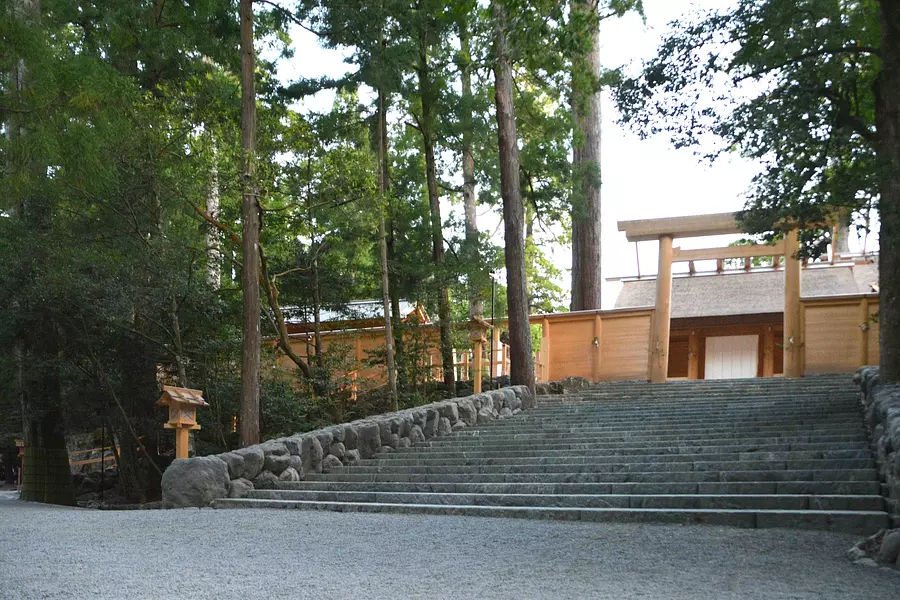
五十鈴川のほとり、神路山のふもと、うっそうと茂る樹林につつまれ、参道には玉砂利が敷きつめられている。
20年に1度の式年遷宮は1,300年間続いている。
おはらい町
11:50-12:50
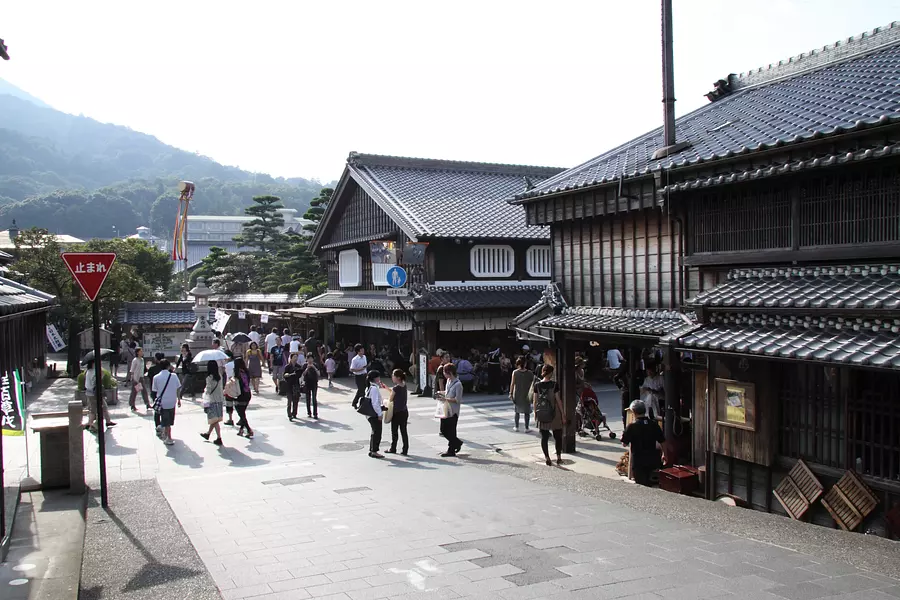
おかげ横丁
12:50-13:50
伊勢志摩スカイライン
14:00-14:45
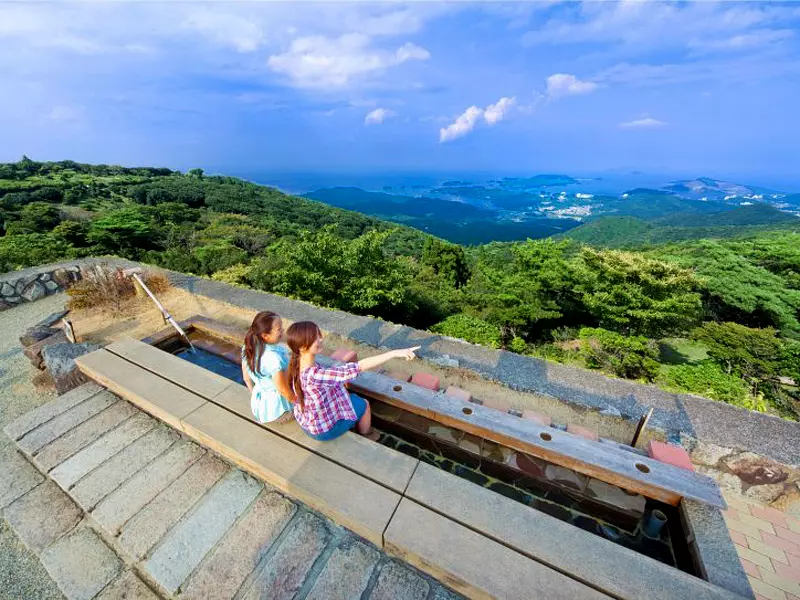
晴れた日には日本アルプスや富士山が見えることも。山頂の15万㎡の広大な苑地には朝熊七草や神宮つつじなどの季節の草花を楽しむことができ、ハンモックやさんぽ道も整備されております。
また、山頂展望台には、写真スポット「天空のポスト」も!
山頂近くには、昔から「お伊勢参らば朝熊をかけよ・・」と詠われた南禅寺派の名刹「金剛證寺」があります。このお寺は伊勢神宮の鬼門を守るお寺として神宮の奥の院とも言われています。本堂は国指定重要文化財に指定されており、日本3大虚空蔵菩薩の1つがおまつりしてあります。
金剛證寺
15:00-16:30
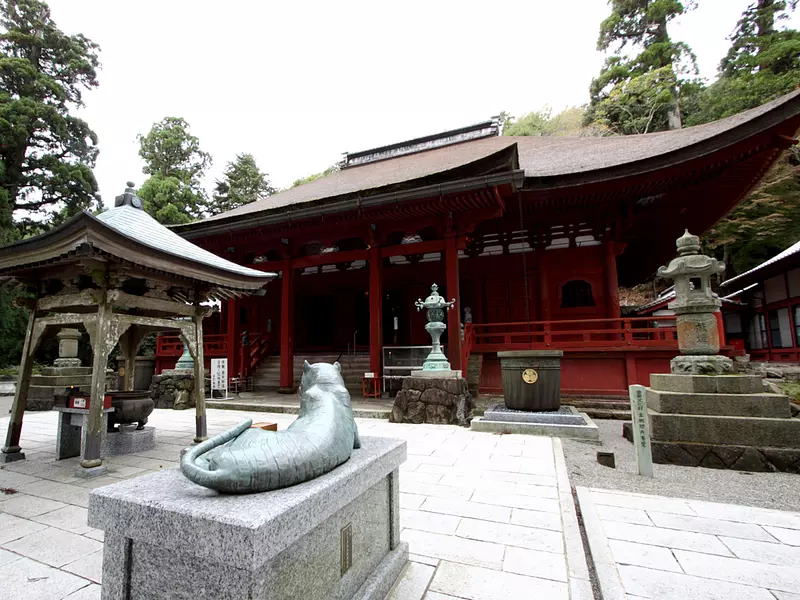
天長二年(825)弘法大師空海が真言密教の根本道場を建て本尊に福威知満虚空蔵菩薩を祀り勝峰山兜率院金剛證寺と称しました。弘法大師空海は当山において虚空蔵求聞持法を修したと伝えられています。その後、無住の時代が続き、明徳三年(1392)鎌倉建長寺71世(円覚寺61世)仏地禅師が入山し寺の再興に努めました。仏地禅師は中興の祖と仰がれ、真言宗から臨済宗に改宗され、臨済宗南禅寺派のお寺となりました。
慶長二年(1597)と慶長十三年(1609)にわたり火災にあいましたが、徳川家康は慶長十四年(1610)姫路城主池田輝政に命じ本堂摩尼殿を再興。その後もまた文化元年(1804)と明治二十年(1887)とに火災にあい、多くの堂宇を失いました。現存する建物は、江戸時代の摩尼殿、法務寮、求聞持堂、雨宝堂、望海院、与楽院、呑海院、孝源院等です。
創建年代:539~571
その他のおすすめコース
伊勢神宮にVISONに松阪牛に映画のロケ地も!今話題の施設を巡るコース
伊勢志摩
日本人のこころのふるさと「伊勢神宮」に、2021年にオープンした日本最大級の商業リゾート施設「VISON(ヴィソン)」、日本三大和牛のブランド牛「松阪牛」、木村拓哉さん主演のレジェンド&バタフライのロケ地ともなった国宝「高田本山専修寺」など、三重の話題の施設を1泊2日でめぐるコースです。

家族であそぼう!よくばりテーマパークの旅
伊勢志摩
ジュゴンにであい、テーマパークでドキドキ、わくわくして、家族みんなで思いっきり遊びつくそう!くたくたになるまで遊んだら、きっとステキな思い出が待っています。
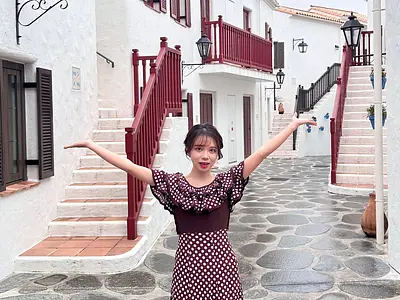
国内の卒業旅行といえば伊勢志摩で決まり!伊勢志摩のグルメや人気スポットを地元の大学生がとっておきのおすすめモデルコースを紹介します♪
伊勢志摩
学生生活最後の思い出といえば卒業旅行!国外もいいけれど、少ない日数、低予算で気軽にいけるのは国内!国内卒業旅行でどこかいいとこないかなという方、三重県はいかがですか!
旅の魅力が盛りだくさんの伊勢志摩エリアは、皆さんがご存じの通り「伊勢神宮」や「おかげ横丁」、「志摩地中海村」や「志摩スペイン村」などがあります。風情ある古の街並みからスペイン風の海外を感じられる場所まで多彩な風景が楽しめます!
要するに、食事も、温泉も、写真映えするスポットも満載!地元大学生である、三重県大好きな2023年度津クイーンの坂井田桃が県外の学生さんにおすすめしたい卒業旅行のモデルコースをご紹介します♪
★モデルコースを更に詳しく紹介した記事はこちら!
